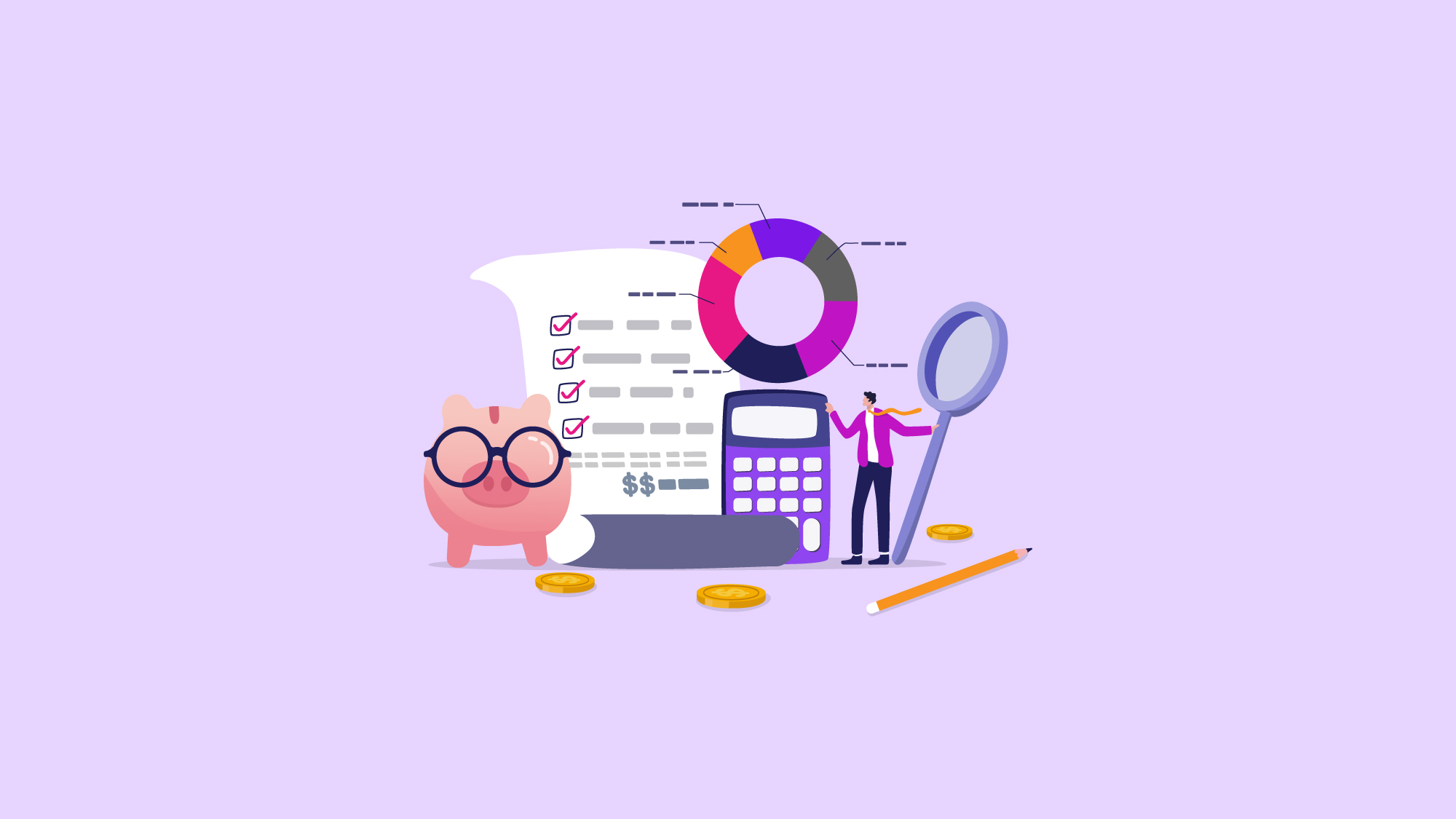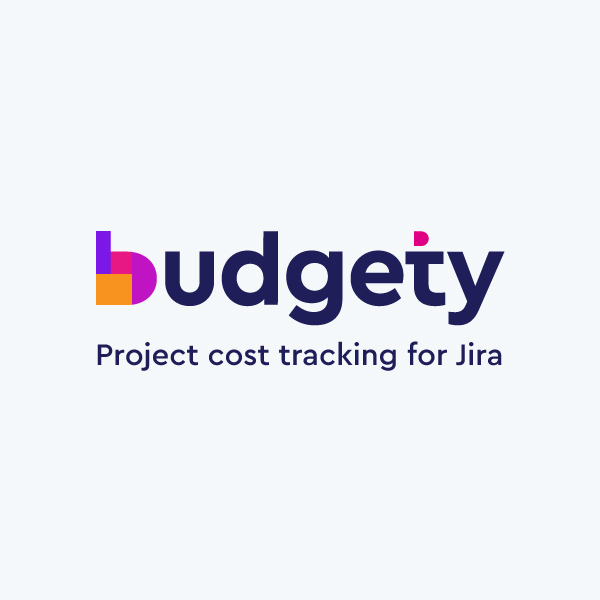
Understanding direct costs and indirect costs is essential for effective cost tracking, project management, and financial planning. Carefully classifying costs ensures adequate project budgets and a proper decision-making process, especially when assigning resources. If you need to start improving the budgeting for projects (especially if you're using Jira) and enhance the allocation of resources. Keep reading to learn more about these types of costs.
Anyone monitoring or managing the finances of their projects or services should be aware of the differentiation between direct costs and indirect costs. Direct costs are those attributed directly to a specific project, product, or service, and indirect costs are those that cannot be directly traced or attributed to a specific project, product, or service.
The reasons why you should be clear about the differentiation between these two are:
Once established why it's important to be aware of the differentiation of these two concepts, let's keep going by defining them in dept:
Direct costs are those directly attributed to a specific project, product, or service. They're incurred when resources are destined exclusively for the production or execution of a particular activity. E.g., the cost of materials, labor, and equipment used to manufacture a product are direct costs.
Direct costs are identifiable and traceable; they can be easily linked to a specific project or activity. This makes them crucial in determining the true cost of a particular effort.
Learn more about direct costs >>
Indirect costs, also known as overhead costs, are expenses that cannot be directly traced or attributed to a specific project, product, or service. They're incurred when running a business. However, they don't contribute directly to produce a product or service.
These types of costs can be classified into two categories:
Once those concepts are clarified, let's imagine the situation when someone is in charge of overviewing a project's finances, and those projects are run on Jira. What's the right way to proceed?
Learn more about indirect costs >>
To implement this solution, note that your project must be in Jira. To act on it, the first step should be to get into the Atlassian Marketplace and look for the app Budgety for Jira. This app will allow you to track costs associated with your project, monitoring their impact on budgets through real-time reporting. Once you're sure you'll keep going with this app, starting with it is pretty much straightforward:

As you have seen, having the concepts of direct and indirect costs well differentiated when tracking the costs of your projects is essential to succeeding at financial monitoring for the sake of your business's health. Even better, if you're running those projects in Jira already, you need to add the missing economic information through Budgety and start tracking it to succeed and maintain complete control over your projects' finances in Jira.

If your team is already managing projects in Jira and needs to track their finances, Jira doesn't offer that solution out-of-the-box, which is when Budgety comes into play.
Budgety is a solution that allows monitoring of those direct and indirect costs that represent the total economic impact of the project for the business. You can try the app for free in the Atlassian Marketplace by clicking the button below:
These Stories on Atlassian platform (cloud)
No Comments Yet
Let us know what you think